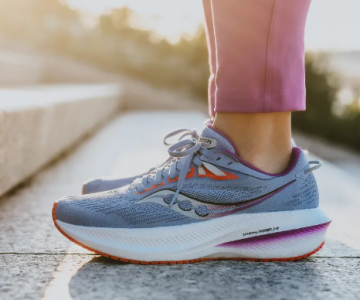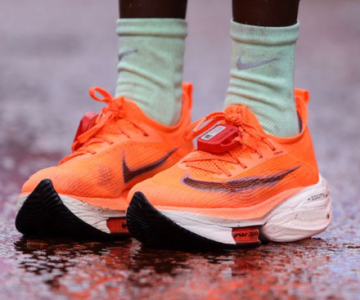The world of running shoes has evolved significantly over the years, with brands constantly introducing new models to cater to different needs. Among the most debated topics is the issue of support shoes—what exactly are they, do you need them, and do they actually work? Let’s explore these questions and help you understand whether support shoes are the right choice for your running needs.
What Are Support Shoes?
Support running shoes are designed to offer more control over the movement of your foot, particularly when it comes to overpronation. Overpronation occurs when the foot rolls inward excessively during the running stride, which can lead to strain on the lower limbs and increase the risk of injury. Support shoes feature firmer cushioning on the inside (medial) side of the shoe to counter this excessive inward roll and provide more stability.
These shoes are a step up from neutral shoes, which offer even cushioning across the shoe without any extra support. Neutral shoes are best suited for runners with a natural gait, while support shoes help those with excessive pronation maintain a more stable running form.
What Is Pronation?
Pronation refers to the natural inward roll of the foot when it strikes the ground. This rolling motion helps absorb the impact of running. Ideally, your foot lands on the outside (lateral) edge of the heel and then gently rolls inward. This is a normal and beneficial movement that helps disperse the forces from running.
However, when the foot rolls in too much, it leads to overpronation, which can cause improper alignment, strain, and discomfort. This is where support shoes come into play—they help control the foot’s movement to reduce the negative effects of overpronation.
The Flexibility Factor
Overpronation and underpronation (or supination) are terms that describe how much your foot rolls. The degree of pronation depends on the flexibility of your foot, which is influenced by the range of motion in the 33 joints and 26 bones that make up your foot.
A foot that is stiff and less flexible may not roll in much and can lead to underpronation (supination), where the foot does not absorb impact efficiently. On the other hand, a more flexible foot can overpronate, rolling inward more than necessary. Both types of pronation can lead to discomfort or injury if not addressed with the right footwear.
How to Choose the Right Shoe
When it comes to choosing running shoes, comfort is key. If you tend to underpronate (with a stiffer foot), you’ll want a more flexible shoe to help encourage a more natural pronation. Conversely, if you overpronate, you should look for shoes that provide support to control the inward roll of your foot.
Support shoes are typically designed with firmer materials on the inside edge of the shoe to reduce pronation. They also feature structured midsoles and may have unique systems to stabilize the foot, such as Brooks’ GuideRails or HOKA’s J-Frame.
Neutral vs. Support Shoes
Neutral shoes offer cushioning that is uniform across the shoe, allowing the foot to move naturally. They are best for runners with a neutral gait who don’t need additional support. These shoes come in various cushioning levels, from soft to firm, depending on the runner’s preference.
Support shoes, on the other hand, are designed for runners who overpronate. They typically include a firmer midsole material on the medial side to reduce the inward roll of the foot. Some support shoes still use a traditional medial post, while others integrate more sophisticated systems like GuideRails or J-Frames to provide control without feeling overly rigid.
Do Support Shoes Really Work?
Support shoes are designed to help reduce overpronation, which can contribute to injuries. However, the effectiveness of these shoes depends on the individual. Some runners may find support shoes significantly improve their comfort and reduce injury risk, while others may not notice much difference. It’s crucial to find a shoe that works with your unique gait and running mechanics.
It’s also important to note that the right shoe for you may change over time. As your running form or foot structure evolves, you may need to reassess your shoe choice. That’s why it’s a good idea to occasionally consult with a specialist who can analyze your gait and recommend the best footwear.
Conclusion
Choosing the right running shoes is a personal decision, and whether you need support shoes depends on your foot’s natural movement. If you experience overpronation, support shoes may help improve your stability and comfort, reducing the risk of injury. However, if your gait is neutral, you may not need the extra control provided by these shoes. Ultimately, the key is to find shoes that feel comfortable and support your running style. Visiting a specialist running store and undergoing gait analysis can help ensure you choose the right shoes for your needs.
Remember, the right pair of shoes can make all the difference in both performance and injury prevention, so take your time to find the best fit for you.





